#black history is queer history
Text
Vintage Photos of Queer Couples of Color

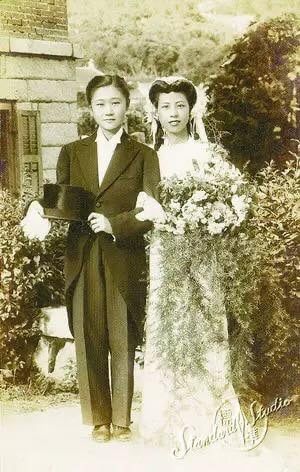

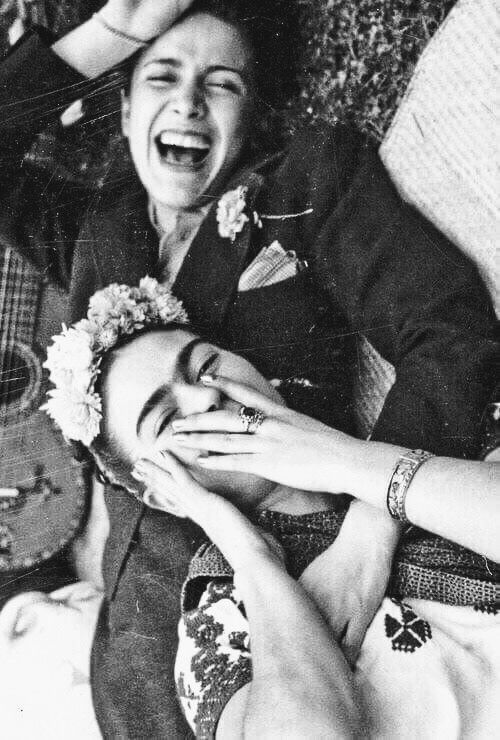
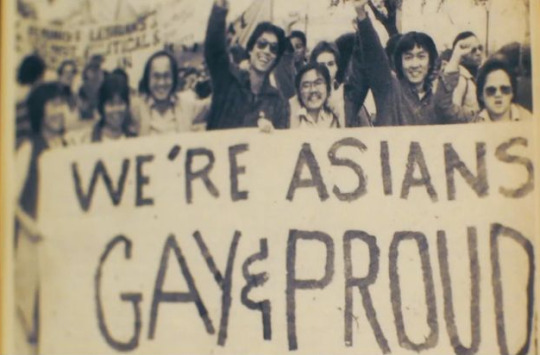
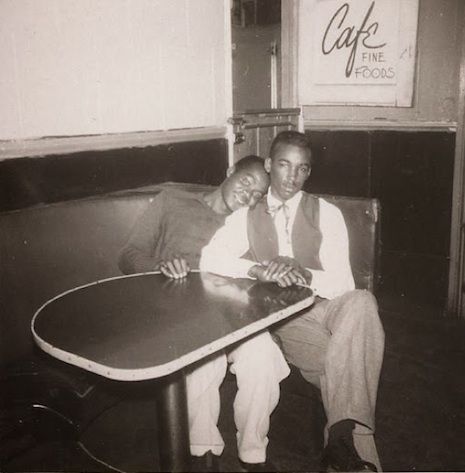


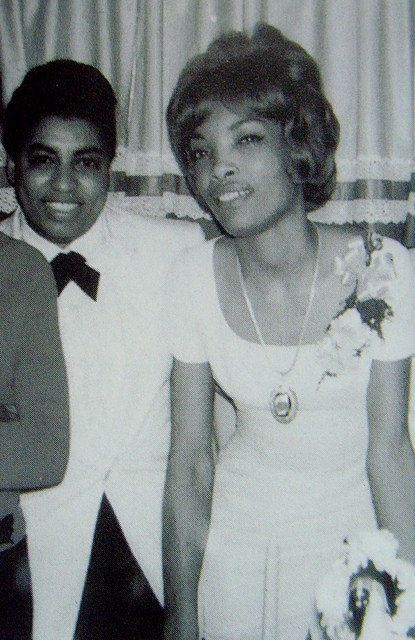
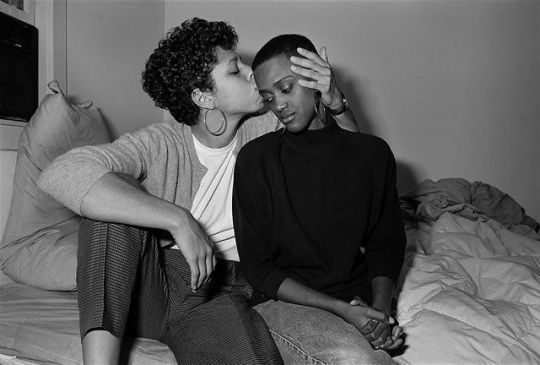
#queer#sapphic#lesbian#wlw#mlm#mlm post#mlm positivity#wlw yearning#wlw love#wlw positivity#queer history#black lesbian#gay man#black queer#black women#indian#desi#asian#lgbt pride#lgbtqia#lgbtq#lgbtq community#gay
17K notes
·
View notes
Text
For as much as I love Paris Is Burning (1990) (It was foundational in my getting into ballroom history and learning more about the ballroom scene in my area when I was in my early 20s), I feel like we barely mention its spiritual sequel How Do I Look (2006) even though it gives a much better look into ballroom and how the popularity of Paris Is Burning affected the scene. It also touches on the issues participants of the og Paris Is Burning doc had with the handling of the og doc and the way the mainstream has been trying to exploit the ballroom scene since the second they found out about what it is. While Paris Is Buring is a deeply important part of our history, it should NOT be your first and last stop when learning about ballroom culture.
#thotty speaks#I'm not getting down in the mud with yall to argue over the importance of the og doc vs a webcomic but I do think its worth looking at thes#older pieces of queer media with a more critical gaze even if they mean a lot to us#black queer history
4K notes
·
View notes
Text

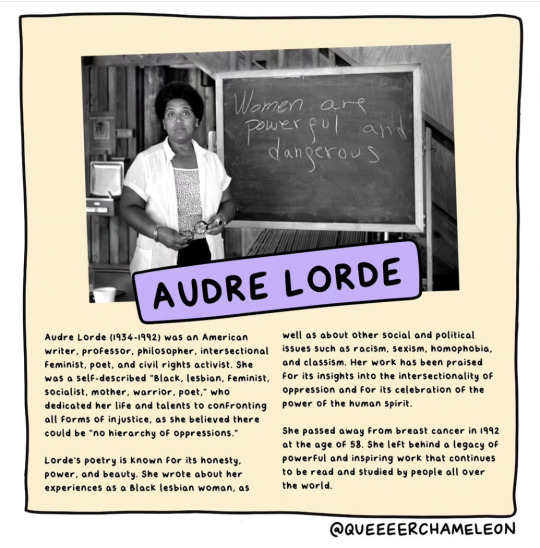
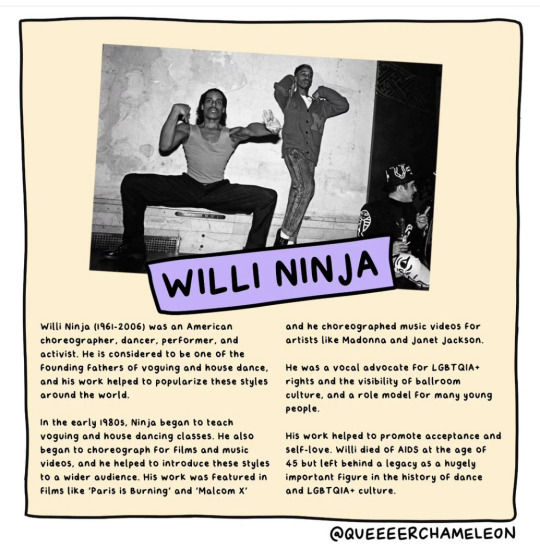
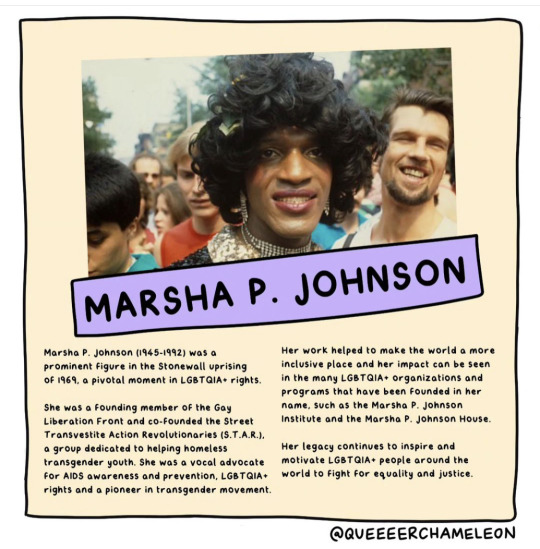
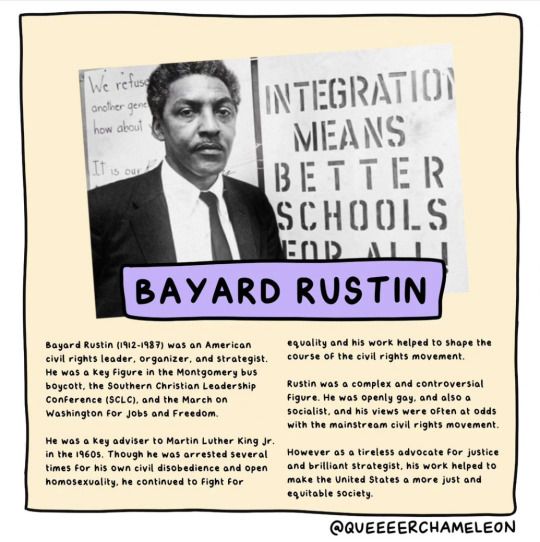

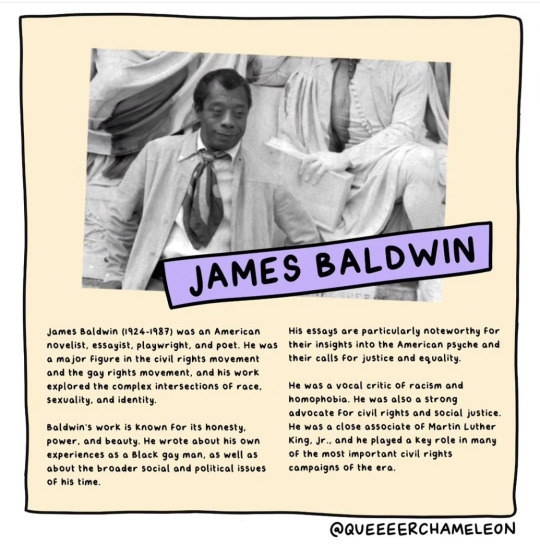
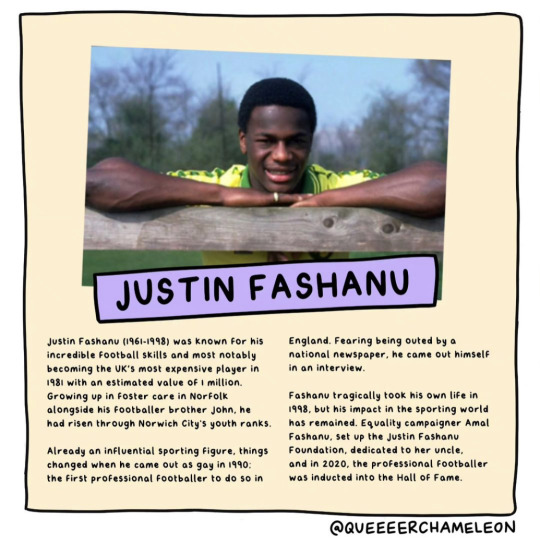
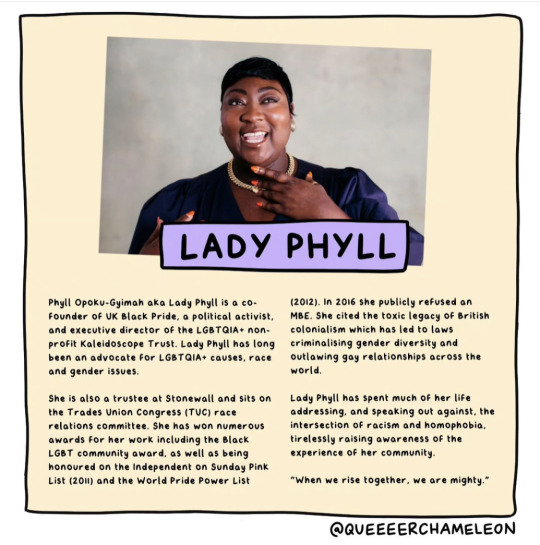

#black history month#queeeer chameleon#audre lorde#willi ninja#marsha p johnson#bayard rustin#stormé delarverie#james baldwin#justin fashanu#lady phyll#yasmin benoit#queer history
5K notes
·
View notes
Text
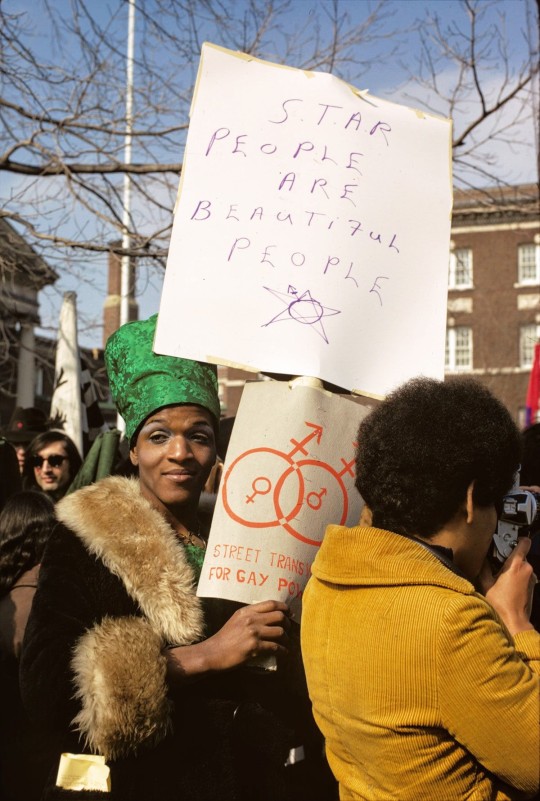
Marsha P. Johnson, co-founder of Street Transvestite Action Revolutionaries, at a gay rights demonstration in Albany, New York, March 14, 1971. Photo by Diana Davies.
#1970s#community#people#blm#culture#street#society#queer#trans#pride#gender#activism#black history#lgbtqia#humanity#queer history#marsha p johnson#70s#transgender#politics#counterculture#🌈
17K notes
·
View notes
Text

Lloyd Yearwood, Photograph of a drag club in Harlem, 1960s
#black history#queer history#lgbt history#vintage drag#drag queens#Harlem history#black and white photography#black femininity#vintage aesthetic#mine#as in my upload
6K notes
·
View notes
Text
"No Pride for some of us without liberation for all of us." -Marsha P. Johnson




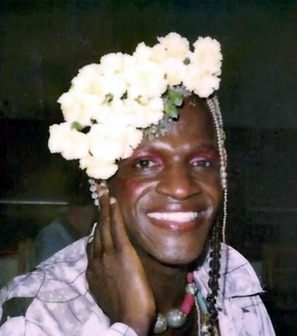


#the first pride was a riot#remember your roots#marsha p johnson#other#black#women#and other#humans#opened the door#stonewall riots#paved the way#blm#black lives matter#black women#trans rights#intersectional social justice#intersectional feminism#us history#queer history#BIPOC history#queer bipoc#lgbtq+ history#1980s#queer#lgbtq#lgbtq history#ivy speaks#gnc#drag#transgender
8K notes
·
View notes
Text






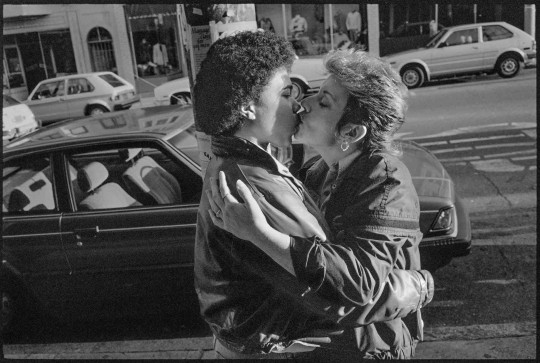

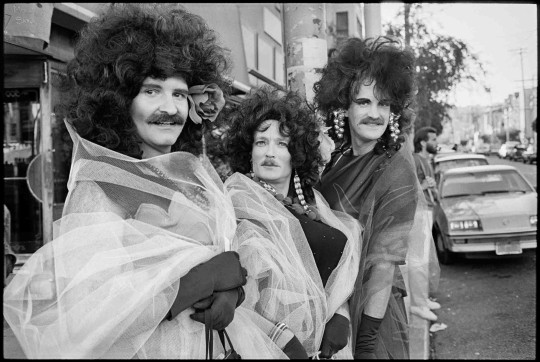
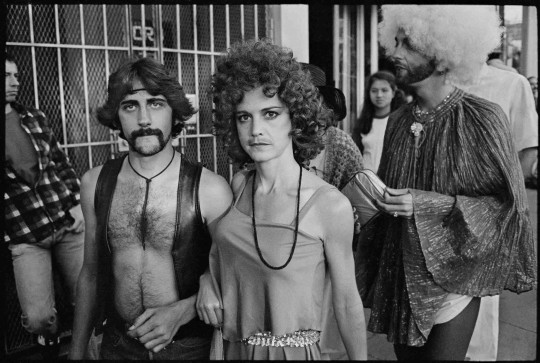

Photography by Nicholas Blair
Taken from Castro to Christopher: Gay Streets of America 1979–1986
5K notes
·
View notes
Text
-fae
#aave#african american vernacular english#black lives matter#blm#black lives still matter#black history#drag balls#queer history
4K notes
·
View notes
Text

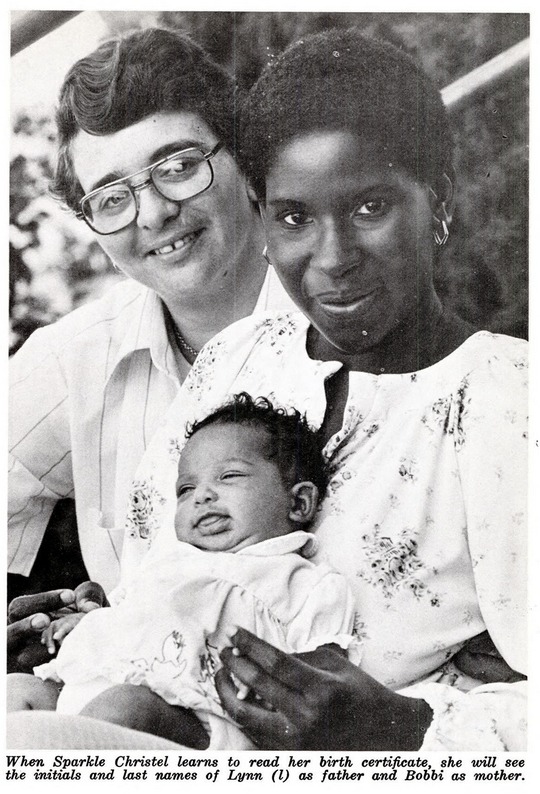
Jet (February 15, 1979)
#1979#1970s#70s#black and white#literature#artificial insemination#parenting#interracial#lesbians#vintage lesbians#vintage women#vintage couple#women#vintage#wlw#lesbian#LGBT#LGBTQ#LGBT history#queer history#butch#femme#woc
4K notes
·
View notes
Text
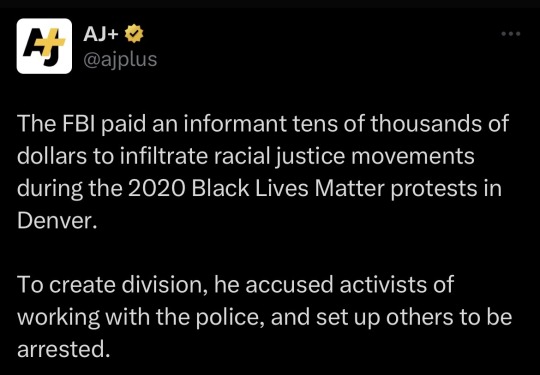

While this information may technically be new, government infiltration is not. As mentioned in the video, COINTELPRO is a perfect historical example of the insidious downfall of so many leftist grassroots organizations, and guess what? We've made posts about COINTELPRO in the past!
This information isn't made to scare you though, but to empower us all to come together even stronger, even smarter, even more diligently. We owe it to ourselves, to our communities, and to our predecessors to do at least that much. As working class citizens, we must protect one another. Do not get distracted by the divisions those in power wish to ensue.
Confused on where to start? Even if you don't apply as a volunteer, @bfpnola is a safe space for all youth activists to ask questions and receive free resources! Here’s what you need to get started:
Our Linktr.ee | Liberation Library | Discord Server | Open Youth Leadership Positions | Staff Application | Donate
#reaux speaks#resources#black lives matter#history#cointelpro#indigenous#anti capitalism#bipoc#abolition#queer#protest#intersectional feminism#disability justice#anarchism
2K notes
·
View notes
Text
Celebrating Black Queer Icons:
Miss Major Griffin-Gracy
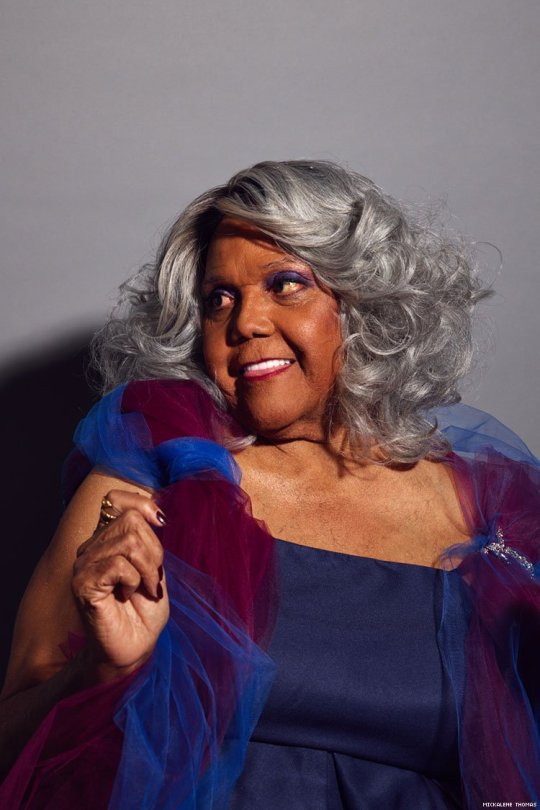
Born on October 25, 1940, Major is a trans women well known as a leader in the broader trans community and an activist, with a particular focus on black and incarcerated trans women. Major grew up in Chicago's South Side and participated in the local drag scene, during her youth. Major described the experiences as glamorous, like going to the Oscars. While she did not have the contemporary language for it, Major has been out as a trans women since the late 1950s. This made her a target of criticism, mistreatment, and violence, even among her queer peers. Majors transition, especially getting her hands on hormones, was largely a black market affair. Given the lack of employment opportunities for black trans women at the time, she largely survived through sex work and other criminalized activities. At some point Major moved to New York City and established herself amongst the cities queer community, despite the prejudice against trans women. She participated in the 1969 Stonewall Uprising. Later, after getting convicted on a burglary charge, Major was imprisoned with men at Clinton Correctional Facility in Dannemora, NY. There she met Frank "Big Black" Smith, a participant in the 1971 Attica Uprising at Attica Correctional Facility. He treated Major, and her identity as a woman, with respect and the two built a friendship. Smith also taught Major a good bit about advocating for herself and other trans women being mistreated by the US Justice System. Major was released from Dannemora in 1974. Major moved to San Diego in 1978 and almost immediately began working on community efforts and participating in grassroots movements. Starting by working at a food bank, she would go on to provide services directly to incarcerated, addicted, and homeless trans women, and would provide additional services after the AIDS epidemic started. In the 1990s Major moved to the San Fransisco Bay Area, where she continued her work, alongside organizations like the Tenderloin AIDS Resource Center. In 2003 Major became the Director of the Transgender Gender Variant Intersex Justice Project, shortly after its founding by attorney and community organizer Alexander L Lee, a trans man. The group works to end human rights abuses in the California Prison System, with a focus on trans, intersex, and gender variant POC. The position has since been passed on to Janetta Johnson, a previously incarcerated trans woman who mentored under Major. She is the focus of the 2015, award winning, documentary Major!. Major has five sons, two biological and three runaways she adopted, after meeting them in a California park. Her oldest son, Christopher was born in 1978, and her youngest, Asiah (rhymes with messiah) in 2021. At 82 years old Miss Major Griffin-Gracy continues to be an active member of her community and an advocate for our rights as trans people.
Haven't settled on which yet, but Willmer "Little Ax" Broadnax or Victor J Mukasa will be next!
#celebrating black queer icons#black history#black history month#black history is queer history#black history is american history#abolish the police#abolish prisons#decriminalize sex work#miss major griffin-gracy#major!#really disappointing to find out she doesnt show up in Popular Tags#stonewall inn#stonewall riots#stonewall uprising#transgender gender variant intersex justice project
335 notes
·
View notes
Text



Happy Black History Month. Black queer love should always be celebrated and validated
#wlw#wlw blog#gwlg#gwkg#black love#black lesbian#black queer women#black qwoc#black history month#sapphic relationship#sapphic yearning#wlw axsthetic#lesbian#wlw and nblw only#nblw#wlw aesthetic#queer wlw#queer women#ok to rb#ok to like#ok to comment#ok to interact#gwlg blog#girls who love girls
455 notes
·
View notes
Text
While we're on the subject of Paris Is Burning...
Y'all should look into the Dorian Corey Project right here on Tumblr.
The Dorian Corey Project is a small online collective dedicated to preserving Black queer history. I found out about them a few years ago and I greatly appreciate the work they put in to honor Dorian Corey's history while so much of the dialogue surrounding her as a person tends to sensationalize her situation. They currently have a campaign running now until June called Gender In Real Life meant to "Highlight the efforts of (hyper) visible Trancestors and Ancestors whose life work inspires Black LGBTQIA people today." (The website will be up soon, too <3) Go over and show them some love and appreciation for the work they do!
767 notes
·
View notes
Text
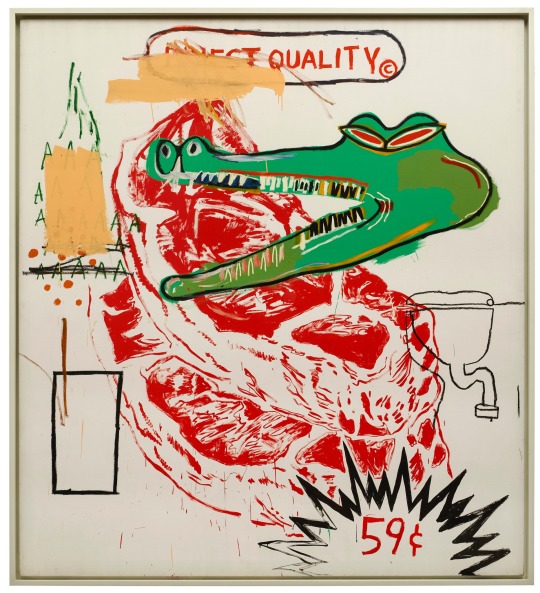
Jean-Michel Basquiat & Andy Warhol
Untitled, (collaboration no.23)
1984-1985
#jean michel basquiat#andy warhol#american artist#american art#american painter#american painting#art on tumblr#new york artist#black artists#black painters#queer artist#queer painter#queer art history#art history#modern art#aesthetictumblr#tumblraesthetic#tumblrpic#tumblrpictures#tumblr art#aesthetic#tumblrstyle#beauty
557 notes
·
View notes
Photo
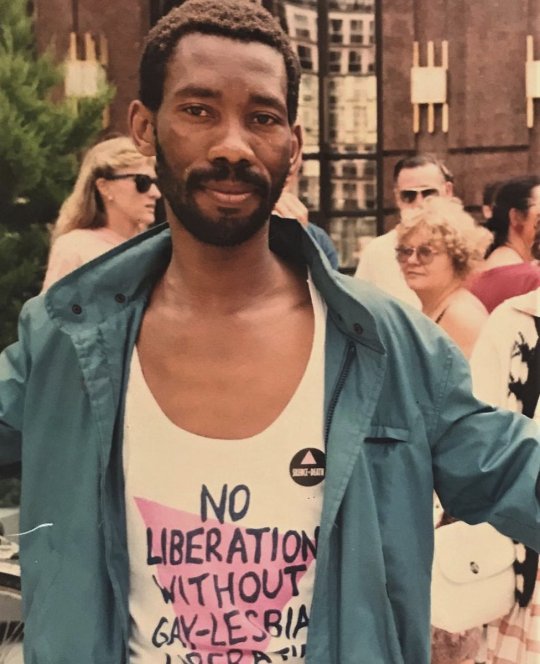
Black History Month: Simon Nkoli
“I am black, and I am gay. I cannot separate the two parts of me into secondary and primary struggle. They will all be one struggle.”
Simon Nkoli was born in the late 1950s in the Black township of Soweto in South Africa. He grew up under apartheid, and first became involved with anti-apartheid activism as a student, despite negative reactions within the movement to his homosexuality.
In 1984, Simon was arrested along with 21 other men while protesting rent increases in the township of Delmas, a group which became known as the Delmas 22. While in prison awaiting trial, Simon was outed, and faced backlash from the rest of the group, many who feared that pulic knowledge of his sexuality would negatively impact the outcome of the trial. To the surprise of his co-accused, Simon received an outpouring of support from the international queer community, which in turn led to greater international support for the Delmas 22 and anti-apartheid work.
Simon was ultimately acquitted, and began work as a founding member of a new group, GLOW - the Gay and Lesbian Organisation of Witwatersrand - fighting for the rights of queer people in Johannesburg’s Black townships. Simon was diagnosed with HIV while in prison, and focussed especially on HIV/AIDS activism in Black communities. With GLOW, Simon went on to organise Johannesburg’s first Pride march in 1990.
In 1994, Nelson Mandela became South Africa’s president, marking the end of apartheid. Simon met and negotiated with government officials to ensure the rights of gay and lesbian people would be enshrined in the country’s new constitution - the first country in the world to do so.
Learn more
Image: Simon wearing a shirt with a pink triangle which reads “No liberation without gay-lesbian liberation”, and a pin reading “Silence=Death”
#simon nkoli#black history#south african history#african history#queer history#aids#gay history#lgbt history#lgbtq#pride#black history month
2K notes
·
View notes
Text
Just wanted to post something that's been bugging me but. Where the fuck are the Black History Month posts?
Valentine's Day got to trend and flood my dash, and that's just a day.
Aromantic Week got to trend and flood my dash, and that's just a week.
But this entire month I've only heard Black History Month in passing. I've only really seen other black people on this site in passing.
And before you say "oh check the tag!" Buddy I shouldn't have to. You don't have to "check the tag" on Pride Month. You don't have to "check the tag" on Valentine's Day. What makes Black History Month different?
I don't know if anyone is even going to see this but. Jfc I feel like the only black person here sometimes.
372 notes
·
View notes